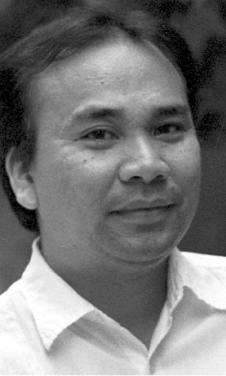
Jobers Bersales
I have always grown up with the notion that there is no Chinatown in Cebu simply because all of Cebu is one big Chinatown.
That everywhere you go there is always a “Chinese” presence, whether in residential areas or the varied commercial districts of Metro Cebu.
The proposal of Cebu City Councilor Jonathan Guardo to declare Colon Street as Cebu’s own Chinatown is therefore surprising.
While this is a laudable gesture, I believe it is fraught with difficulties.
The choice of Colon Street alone is immediately problematic.
In my own research on the Chinese commercial presence in Cebu from 1900 to 1960 for an upcoming book, I can only cite a handful of ethnic (not mestizo) Chinese stores on Colon Street during this period. And if one goes back further into the Spanish period, the situation even gets worse.
Colon at that time was where one would find Spanish and Spanish mestizo residences, among them being the Escaños.
It merely stretched then from where you see Cebu Business Hotel and the University of the Visayas today to that obelisk with the erroneous National Historical Marker declaring Colon as the oldest street in the Philippines.
The eminent scholar and historian Dr. Resil Mojares has already said — and written — as much as to how the claim that Colon Street is the oldest in the Philippines was probably the invention of an early American photographer and postcard seller who labeled his images of Colon as such to sell it to tourists and visitors to the city.
There is no evidence in fact of Colon existing even in maps before the one made by Escondrillas in 1873.
And that map, in fact, shows the stretch of Colon so full of rice paddies, perhaps fed by the small lake or pond where Sanciangco Street is right now.
This helps explain why floods are perennial on both streets up to now.
There are other streets that may well be candidates for a legislated Chinatown, especially the long stretch of Magallanes and its parallel, Manalili on the west and M.C. Briones on the east.
And such streets as Plaridel, F. Gonzales, Progreso, Lincoln, Leon Kilat, and even Juan Luna which at one time had three Chinese photo studios out of about five in the city.
But Colon is definitely the odd one out. Except for Vision Theater owned by John Gokongwei’s father in the 1930s, I cannot recall of any other large Chinese business there in the colonial period — until Gaisano Main and Ding How as well as Gaw opened their shops there in the 1970s.
But more than this reality is the difficulty that such declarations make.
As one wealthy Chinese intimated to me the Chinese in Cebu are already so assimilated with native Cebuanos that it seems too late to really pinpoint an enclave where one finds nothing but Chinese, historically and at present.

